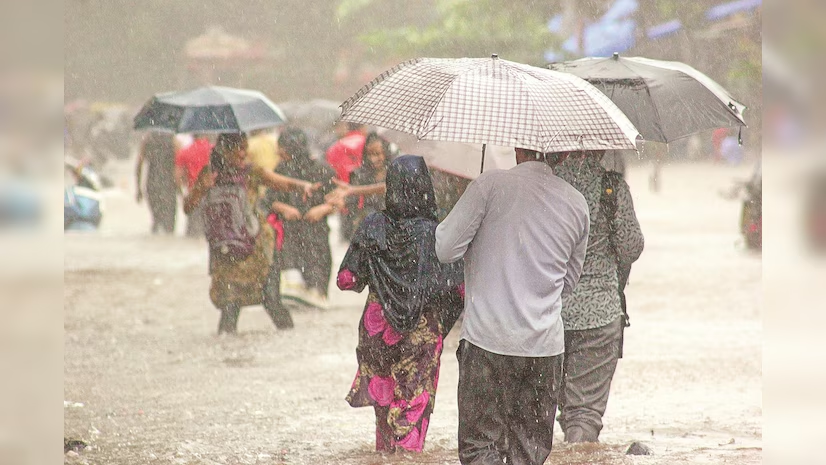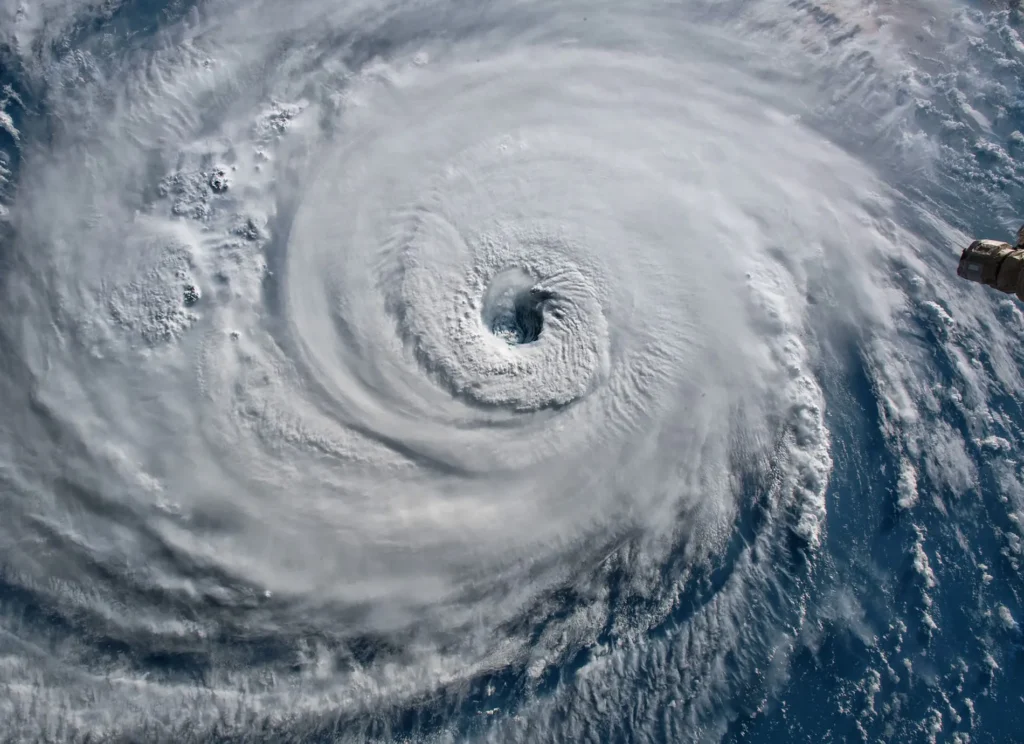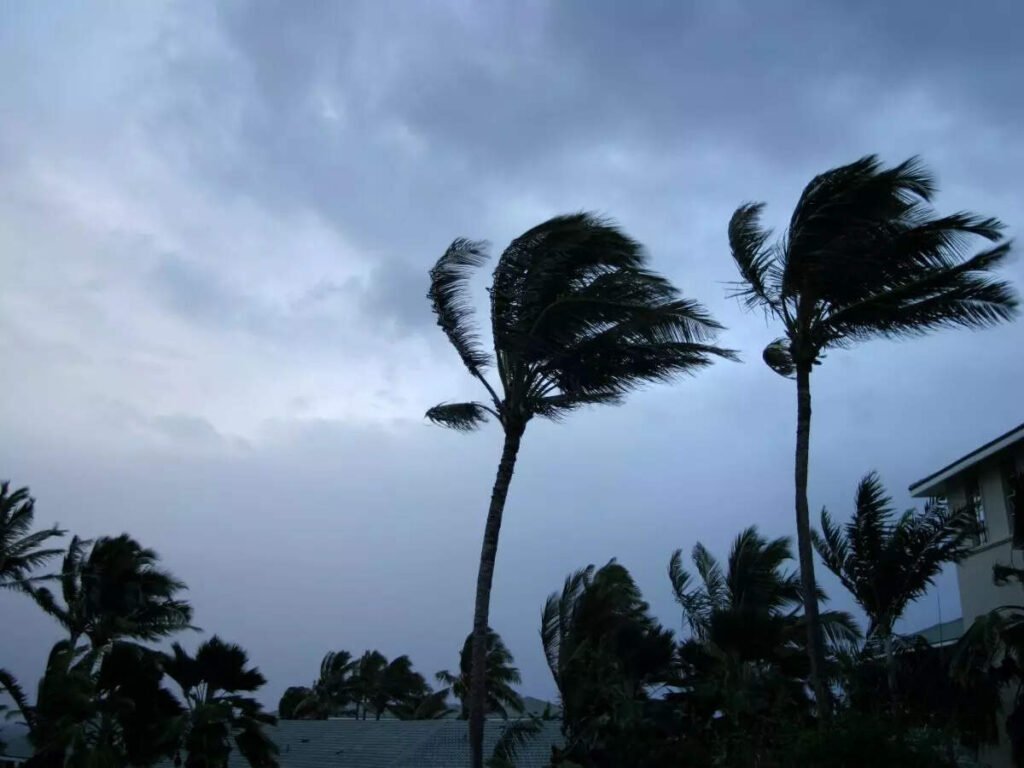The World Meteorological Organization (WMO) has issued a stark but scientifically grounded forecast for South Asia: the Indian subcontinent is expected to receive above-average monsoon rainfall in 2025, driven by complex oceanic and atmospheric changes that follow the waning El Niño and a brewing La Niña.
This announcement, based on seasonal climate models and ocean monitoring data, is already setting off ripple effects from Delhi boardrooms to rural village councils. Farmers, policy makers, disaster management teams, and economists are watching closely, aware that a surplus of rain is a double-edged sword in the subcontinent—blessing and menace wrapped in water.

The Science Behind the Storm
According to the WMO’s Global Seasonal Climate Update issued late last week, the La Niña phenomenon is expected to strengthen by mid-year. This cooling of the central and eastern Pacific Ocean surface typically drives stronger-than-average monsoon currents over India and its neighbors.
La Niña years often correlate with robust monsoons in the Indian context. In combination with the ongoing Indian Ocean Dipole (IOD) warming to a positive phase, meteorologists see a recipe for intense and prolonged rainfall across northern, eastern, and central parts of the country.
“Rainfall will likely exceed the long-period average of 87 cm across the June–September monsoon window,” said Dr. Marina Belucci, a senior climatologist at WMO. “But the distribution may be uneven—highly localized flooding, interspersed with dry spells, is a strong possibility.”
Agriculture: Boon or Bane?
For India’s predominantly agrarian economy, the monsoon is not just a seasonal event—it’s a lifeline. Nearly 60% of India’s net sown area depends on rain-fed agriculture. Farmers across Punjab, Bihar, Maharashtra, and Madhya Pradesh are cautiously optimistic, anticipating better yields for water-intensive crops such as rice, sugarcane, and cotton.
However, the risk of crop-damaging floods looms large. “Heavy rainfall is not always good rainfall,” notes Dr. Ramesh Menon, an agricultural economist. “If it comes too early, too suddenly, or is uneven, it can wash away topsoil, delay sowing, and hurt productivity more than it helps.”
Last year’s erratic monsoon led to flash floods in Himachal Pradesh and Uttarakhand while leaving parts of eastern India parched. The Indian Meteorological Department (IMD) is now tasked with fine-tuning its district-level forecasts to aid farmers in real-time decision-making.
Urban India: A Drainage Disaster Waiting?
While rural India worries about crop health, urban India is bracing for infrastructure stress. The prospect of extreme rainfall raises the specter of flooded metros, traffic paralysis, and overwhelmed drainage systems—particularly in megacities like Mumbai, Chennai, and Bengaluru, which already buckle under normal monsoon load.
“Every year, we treat the monsoon as a surprise guest who ruins the furniture. This time, we’ve been warned,” said urban planner Neha Kalra. “Municipalities must act fast to de-silt drains, bolster retaining walls, and update emergency response protocols.”
The National Disaster Management Authority (NDMA) has already issued advisories to vulnerable states, encouraging pre-monsoon drills, updated flood maps, and community-level awareness programs.
Hydroelectric & Reservoir Impact
India’s hydroelectric plants and water reservoirs also stand to gain from excess rain—but with caveats. As reservoirs swell, there’s always a danger of overcapacity and uncontrolled discharge, which can trigger downstream flooding, especially in low-lying states like Assam, West Bengal, and parts of Andhra Pradesh.
The Central Water Commission is reviewing dam operation manuals and emphasizing coordination between states for real-time data sharing—a lesson learned bitterly from past disasters like the 2018 Kerala floods.
Climate Change: The Unseen Puppeteer
Experts point to climate change as the underlying accelerant in this story. “We’re not just dealing with more rain—we’re dealing with more erratic and extreme rain,” warns Dr. Kavita Nair, a climate researcher at TERI. “Global warming has supercharged the monsoon, increasing both its volatility and intensity.”
This year’s rainfall, though driven by natural cycles like La Niña, could push the boundaries of what Indian infrastructure and agriculture can tolerate—unless immediate adaptation strategies are enforced.
What’s Next?
The IMD is set to release a region-wise breakdown of rainfall forecasts in the coming days. Meanwhile, state governments are activating pre-monsoon preparedness programs, and insurance firms are recalibrating their exposure models.
The monsoon’s arrival—expected around June 5th in Kerala—will be the first test of how well the warnings translate into real-world readiness.
One thing is certain: 2025’s monsoon won’t just be wetter—it will be watched, measured, and remembered.

